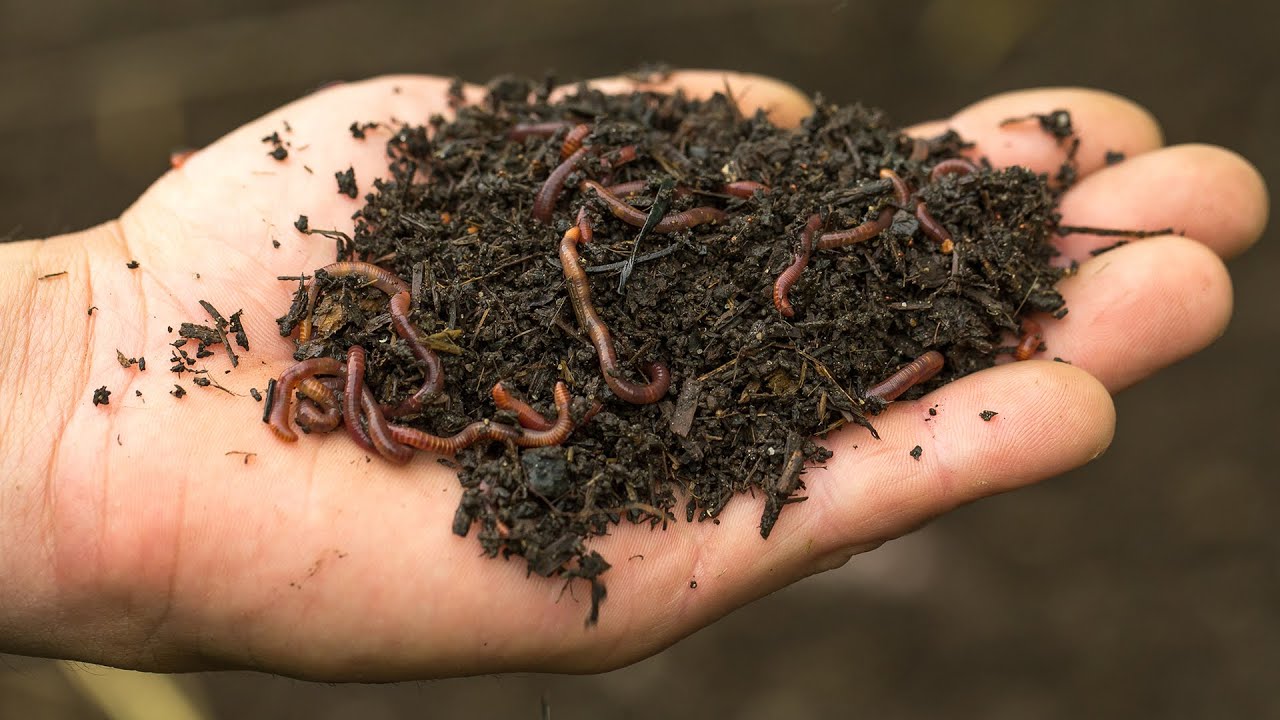“I’m starting a commercial worm farm on a small plot near Portland, Oregon, and I’m getting a bit overwhelmed with all the different equipment options out there. I want to make sure I’m investing in the right tools from the get-go, but I also don’t want to go overboard with unnecessary items. What equipment should I focus on acquiring to set up a successful commercial worm farming operation?” Thanks, Michael, Portland, USA.
Setting Up Your Commercial Worm Farming Operation
Hey Michael, it’s great to hear you’re venturing into commercial worm farming. It’s an exciting and sustainable business that benefits both the environment and your bottom line. Let’s break down the equipment you’ll need to start your operation efficiently.
Worm Bins and Trays
Your primary investment will be the worm bins or trays where the worms will live and compost. The type of bin you choose depends on the scale of your operation:
- Stackable Trays: Ideal for small to medium-scale operations, these allow for easy harvesting as trays can be separated individually.
- Continuous Flow Reactors: Better suited for large-scale operations. These bins have a mesh bottom that allows compost to fall through when it’s ready for harvesting.
Make sure the bins are well-ventilated and designed to maintain the right moisture levels. Poor ventilation can lead to anaerobic conditions, which are harmful to the worms.
Worms
The type of worm you choose will have a significant impact on your operation. The most commonly used species for commercial worm farming are:
- Red Wigglers (Eisenia fetida): Known for their voracious appetite and rapid reproduction rate, making them a favorite among composters.
- European Nightcrawlers (Eisenia hortensis): Less aggressive than Red Wigglers but excellent for aerating the soil and are good composters.
Red wigglers are often recommended for beginners because they adapt well to varying conditions and are easy to manage.
Bedding Materials
Your worms will need a comfortable living environment, and the bedding materials play a crucial role in this:
- Shredded Newspaper: Affordable and readily available, newspapers provide good insulation.
- Coconut Coir: Slightly more expensive but excellent for moisture retention and aeration.
- Peat Moss: A natural option, but ensure it’s not too acidic.
The key here is to maintain a blend that holds moisture but also allows for adequate airflow. A mix of these materials often works best.
Feeding Equipment
The type of food and how you distribute it plays a big part in the health of your worm farm:
- Kitchen Scraps: Fruit and vegetable waste are ideal, but avoid citrus and spicy foods.
- Manure Spreader: If you’re using animal manure, a spreader will help you distribute it evenly.
- Commercial Worm Food: Available from specialized suppliers and ensures a balanced diet.
Feeding should be done regularly but in manageable quantities so that the worms can process it without overwhelming the composting environment.
Moisture and Temperature Control
Maintaining the right moisture and temperature levels is crucial for the health of your worms. Here’s what you’ll need:
- Moisture Meters: To ensure the bedding remains damp but not waterlogged. The ideal moisture level is around 70-80%.
- Temperature Gauges: Worms thrive in temperatures between 55-77°F (13-25°C). Keep a thermometer handy to monitor this.
You can also use misting systems to regulate moisture and fans for temperature control. Consistency is key to keeping your worms productive.
Harvesting Equipment
Once your worms have done their job, you’ll need to harvest the compost. Equipment for this includes:
- Screening Devices: To separate the worms from the compost, varying from simple handheld screens to automated sifters.
- Collection Bags or Bins: Where the finished compost will be stored. Make sure these are breathable to prevent anaerobic conditions.
Harvesting can be labor-intensive, so investing in automated or semi-automated equipment can save you a lot of time if your operation is on the larger side.
Maintenance Tools
Keeping your equipment and worm bins clean and in good condition will prolong their lifespan and ensure a healthy composting environment. Essential maintenance tools include:
- Scrapers and Brushes: For cleaning the bins and equipment.
- Spare Parts: Like mesh replacements for continuous flow reactors or spare trays.
- Non-toxic Cleaning Solutions: To keep the bins sanitary without harming the worms.
Regular maintenance checks should be part of your routine to catch potential issues early.
Monitoring Systems
Keeping an eye on the overall health of your worm farm is easier with monitoring systems:
- pH Meters: To ensure the bedding stays at a neutral pH (around 7).
- Ammonia Detectors: High ammonia levels can harm worms, so an early warning system is beneficial.
- Automated Alerts: Systems that can send alerts to your phone for issues like temperature fluctuations or low moisture.
These might seem like optional luxuries, but they can save you a lot of time and trouble by catching problems before they become severe.
Packaging and Distribution Equipment
Finally, once you have produced your vermicompost, you’ll need to package and distribute it:
- Weighing Scales: Ensure consistent product weight for your customers.
- Packaging Materials: Bags or containers suited for storing and selling compost. Compostable or recyclable materials are a good choice.
- Labeling Machines: For branding and product information.
Investing in quality packaging and labeling can make your product more appealing to buyers and help establish a trusted brand.
Final Thoughts…
Michael, thanks again for reaching out. In summary, setting up a commercial worm farm requires careful planning and a well-thought-out investment in the right equipment. From worm bins to packaging materials, each piece of equipment plays an important role in ensuring the health of your worms and the quality of your compost. Starting with stackable trays and red wigglers is often a good move for beginners. Remember to keep an eye on moisture and temperature to maintain a thriving environment. Happy farming and hoping for a bountiful first harvest!
Indoor Worm Composting



